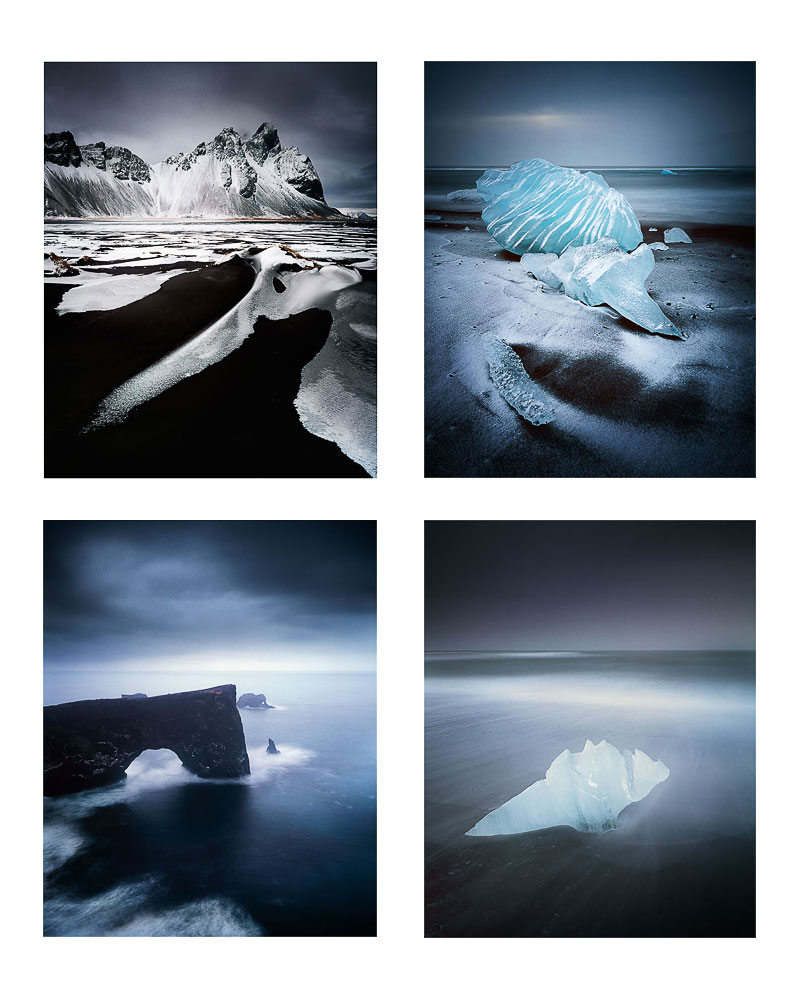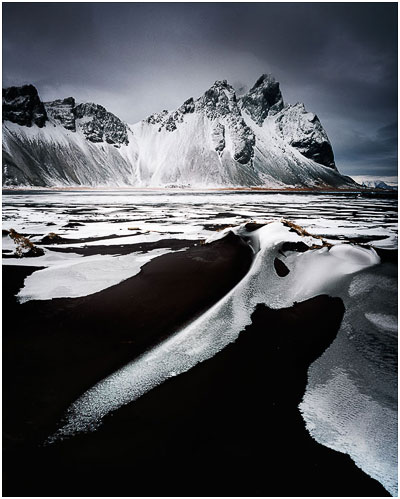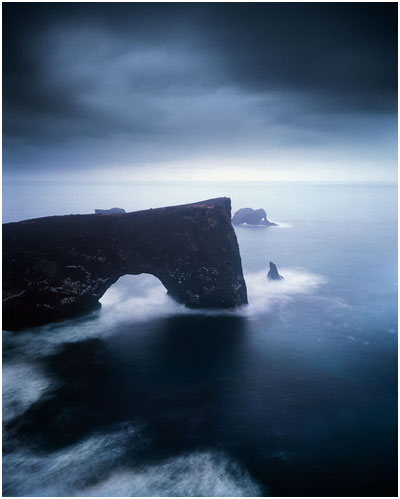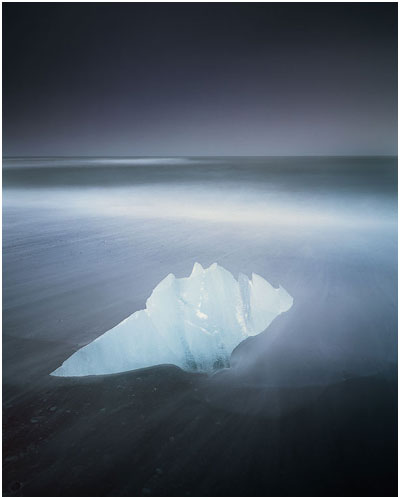The life of a 'pro' photographer (if that's what you wish to call me) is not always so plain sailing, and for the past year or so, I've not really had a whole lot of time to make any new images of the places I am in, either while on workshops or on my tours. I'm not bemoaning this.... it's just a fact of life, that these days, I get as much time to make new images as I did, when I was working in IT all those years ago. It's often just nice to enjoy where I am and who I'm with. I get a real buzz out of being somewhere really beautiful and I also enjoy what I do because I've met a lot of really great people on my workshops (hi!).
(Please click on the above image to see it much larger).
I've got a little stock pile of images that I've created over the last year sitting in my home studio. The films have been sitting there unprocessed for months, and this week has been the first chance I've had in ages to sit down and work on what's come back from the lab. I thought I would start with Iceland.
A place that I'd completely forgotten about, but had visited many years ago is Stokksnes. I had the good fortune to bump into Daniel Bergmann (icelandic photographer) on my tour in March and he suggested my group take a visit to this great location. If I hadn't told you it was Iceland, I would easily forgive you for thinking it is part of the Lofoten islands in Norway, but perhaps the black volcanic sand beach gives a clue as to its true origins. Still, I found symmetry and balance here in the shape of a sweeping snow curve that leads my eye into the frame.
Venturing back to the beach at Jökulsárlón lagoon, it had been snowing one morning, and I made great effort to point out how the snow was helping define the shape of the ice bergs lying here. This one reminded me of a Conch at the time of the shoot. It has such a beautiful set of grooves going throughout its form, and the snow helped pick them out for me. This is the first time I've witnessed snow here, and it was pleasing to see the black volcanic sand create new patterns and textures as it mixed white with black.
As my good friend Lynne kept calling this place - Durdle Door, while she accompanied me on my shoot here in 2011 for my Iceland book, I'd never had a chance to shoot the arch at Dyrhólaey until this March. We got a rather wet and moody morning for this one. This kind of weather is perhaps my favourite times to make images.
But I think this one - of a little Kimodo dragon (perhaps?) is my favourite. Stephen who was on the trip with me found him first so I would really love to see his image of this little 'beastie' as we say here in Scotland.
What can I make of my most recent work?
It was interesting for me to go back to shooting rectangles after almost 2 years shooting square. I think the aspect ratio we choose to shoot with makes a huge impact on what compositions we select, how we see, and how the final image will end up. Cropping later is not the same as composing for the aspect ratio of your choice while on location. Although there is nothing wrong in each approach, I do prefer to compose in-camera. So it was interesting for me to go back to 5:4 aspect ratio - it came very naturally to me and I was surprised at how quickly I got back into using my trusty old Mamiya 7II film camera. I deliberately left the Hasselblads at home, because I don't think it's so good to mix formats while I'm on location. I like to settle into one-way of thinking for my shooting time.
I think the light was particularly muted for the whole time we were in Iceland. I don't recall us experiencing any warm light at any stage of the trip and I think the reduced colour palette shows this. Despite me using Velvia for the shoot.
So if there's a lesson here, it's simply that you can't bring out what what isn't there, so instead, you have to work with what is. :-)





